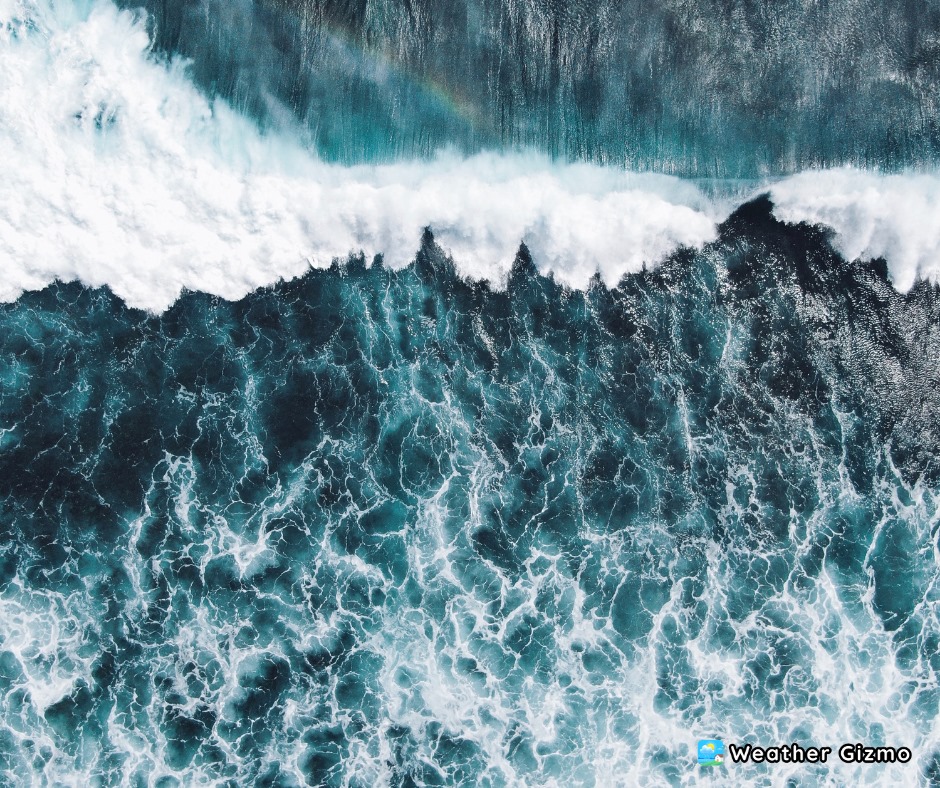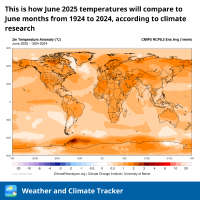Where Do Tsunamis Come From?

Tsunamis are mostly provoked by underwater earthquakes and underwater volcanic eruptions, which sharply raise or lower the seabed and, as a result, move huge masses of water. Until now, the mechanisms of the tsunami have not been thoroughly studied, and it is often difficult to detect an approaching dangerous wave since at first, it is not high enough to start sounding the alarm.
The biggest tsunami was recorded on July 9, 1958, in Alaska. On that day, the wave height exceeded 500 m and developed a speed of about 160 km/h.
There are several safety rules when a tsunami is approaching: at the first sign of danger, immediately move away from the coast. The higher you are above sea level, the better. It is desirable that the height is at least 30-40 meters. Avoid streams, rivers, or any other types of water reservoirs, do not take unnecessary things with you, and remember: tsunamis usually have several waves, so do not rush down until you are sure that the disaster is gone.
Take care of yourself in all circumstances.
Take care of yourself in all circumstances.
This post is also available in: Spanish, Russian, Ukranian, Belarusian, Portuguese, French, Italian.



